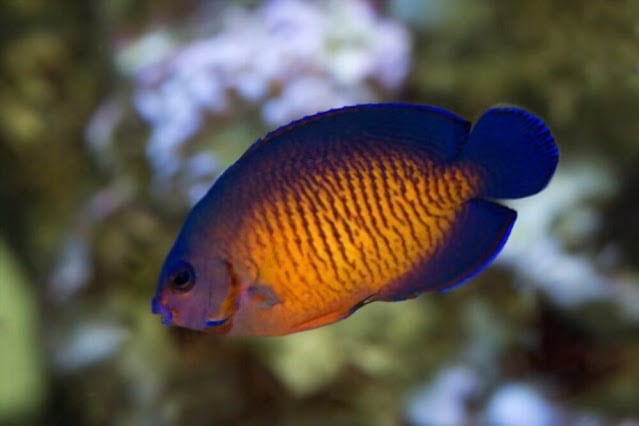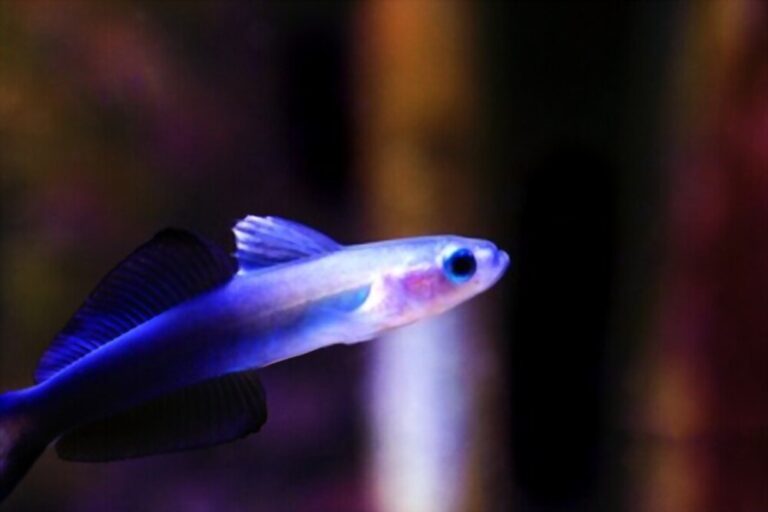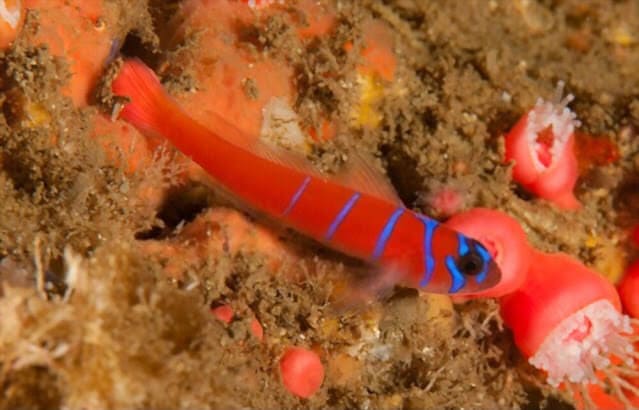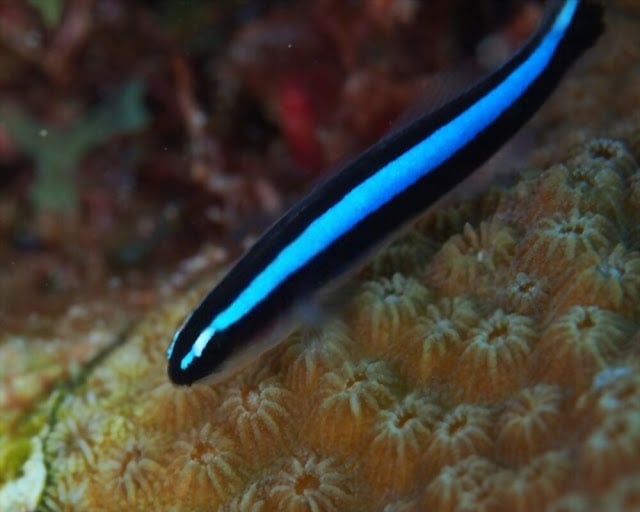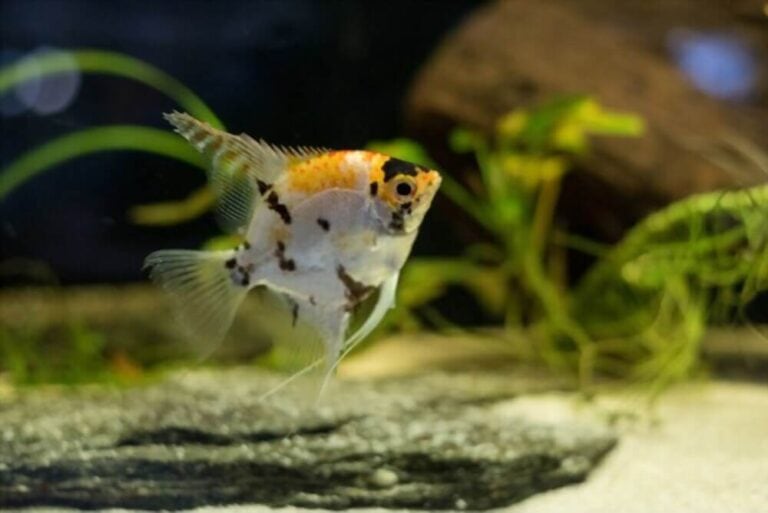Piranha Care Sheet (Feeding, Tank Size, Setup, Tank Mates)
The Piranha Fish (also known in Venezuela as the ‘Caribe’) is a fearsome, schooling, fresh-water species. The scientific name of the piranha fish is Serrasalmus nattereri.
Piranhas are famous because of their aggressive behavior, and they are particular about their environment and habitat. The best part is that you can keep piranha as a pet in your aquarium, but you will need to take a lot of care of the Piranha fish.
Piranha has an average size of 10 inches. Indeed, it can eat anything whenever it is hungry, and it can even prey on other piranhas. Piranha feeds on other fish or injured animals apart from this but not on humans. However, humans consume piranhas as a good source of food.
Piranha Fish Species
There are more than 30 beautiful piranha species. They are not much aggressive than angelfish in most cases, though.
Be sure to read and know the local and state laws on piranha before you get one to keep in your tank as a pet. To preserve wild habitats, keeping piranha is prohibited or tightly controlled in most US states.
Such fishes are not suggested to hobbyists because of their hostility and the difficulty of holding them. They have unique features.
The names of the common piranha species are red-bellied piranha, black piranha, black shoulder piranha, and blacktail piranha.
There are several piranha species, but the red-bellied piranha is the most common species in the aquarium trade. Such fishes have strong bodies that are compressed tall and laterally yet dense.
They are identified by their head, convex-shaped, and lower jaw, which is huge. They are speedy and agile swimmers with large, strong tails and streamlined bodies filled with tiny scales.
The most popular and common species is the Red-Bellied Piranha (Pygocentrus nattereri), which is often seen in a fish pet store or a local aquarium. Red-bellied piranha has vibrant adult coloring.
Very paradoxically, species belongs to a Piranha family that is thought to be potentially hazardous to humans (it is one of the three species or maybe 4 of ‘Real’ Piranha’s which live in the wild in broad shoals of up to 20).
The genera ‘Pygocentrus’ and ‘Serrasalmus’ have also belonged to Piranha fish. The omnivorous Piranhas are famous for their very sharp teeth and their love for meat.
The total number of Piranha fish species is still not correctly found because many researchers are working to find new Piranha species.
Behavior & Habitats
Piranha is found in many geographical locations such as South America, Ecuador, Brazil, Bolivia, Argentina, Venezuela, etc.
They are found to be living in the basin of the Essequibo, Paraguay, Parana, and most commonly in Amazon River basins. They also inhabit northeastern Brazil’s coastal rivers and several other small waterways.
Mostly, they are found in rivers, tributaries, and creeks. They are also present in larger water bodies, including lakes, rivers, flooded forests, and Southwestern Brazil’s Pantanal wetlands. Usually, piranha schooling occurs in a group of 20 to 30 fish.
Usually, they are found in whitewater streams. Piranha fish is an integral component of their natural ecosystems.
They are seen confined to the lowland waters, but they can be seen living in many environments that are both lotic and lentic. Several populations of them are abundant, and many populations sometimes occur together.
The piranha fish is usually viewed in large schools, known as a vicious fish hunting species. This idea was formed from the previous assumption that piranhas built schools for hunting.
Interestingly, recent research shows that this schooling helps to provide a defensive mechanism against predators.
The Lifespan of Piranha
This fish can be your companion for a long time but not more than ten years. You can expect to have a piranha fish a lesser year than average life expectancy in the wild. The average life expectancy of the piranha fish is about ten years.
You can expect to have it in your aquarium for at least 7 years with complete and proper care of piranha.
Feeding Piranha Fish
All piranha species need a high protein diet, beef, liver, fish, or any other food. They do not tolerate food containing flakes or pellets.
What Do Tuna Fish Eat? (Food List & Eating Habits)
They will capture and eat any fish of any size introduced into their tank, gulping entire small fish and taking out large bits from larger fish.
They are not even afraid to strike and eat the fish that is three times their size as soon as they are introduced to a tank in which they are kept.
Whole dead fish and meat-related food can be given to feed Piranha during captivity. They also love to eat live foods like feeder fish, earthworms, and river shrimps, but that is not ideal because it puts a big waste on the surface. It has been recorded that these omnivorous species consume even some aquarium plants.
Eating Habits of Piranhas
Piranhas are opportunistic (flesh-eater) carnivores. They consume marine animals and land animals in the water.
Piranhas prey upon crustaceans, insects, mollusks, lizards, birds, rodents, amphibians, fish, and carcasses. They are mostly active during the daytime. That is why they are diurnal.
In general, they eat smaller fish. Larger fish and small mammals can be threatened if piranhas are in school.
Foraging strategies in the different stages of Piranha’s life differ. Smaller fish usually seek food throughout the day, while the larger fish look for food at dawn, late afternoon, and early evening.
Groups of the Piranha eat communally. It will trigger feeding frenzies when there is a lack of food or blood in the water.
Best Foods for Your Piranha
- Fish
- Molluscs
- Crustaceans
- Insects
- Birds
- Lizards
- Amphibians
- Rodents
- Carcasses.
Piranha Tank Size
Piranha is one of the most aggressive fishes in the world. It is also having a poor record of hurting and biting humans. Many people still keep them as their pets. The number of people who are maintaining piranha in their aquarium is increasing time by time.
They can be grown to quite decent sizes, and people need to be aware of this when comparing many aquarium fish.
This comprehension discrepancy is made even more difficult because many of the piranhas sold in stores are juvenile Red-Bellied Piranha, usually a few inches in length.
The size of the tank matters because the fish can grow to a significant size. Many piranha species can attain a length of 8 to 10 inches, but the largest species may grow to 24 inches, so a big tank is required.
The Piranha tank’s exact size is the subject of a lot of consideration and depends mainly on the species.
A standard general rule for Pygocentrus species is at least 20 gallons (80 liters) per adult fish and a minimum of 40-48′′ (100-120 cm) long tank for the smaller singular Serrasalmus species.
Most people are considering as few as two Red-Bellied Piranha for a 60-gallon tank.
A 60-gallon tank can be enough for your varieties of Piranha. 20-60 gallons of water are required depending on the number of piranhas.
Make sure you pay for the best tank, so your Piranhas will thrive. A second-hand tank can be a good option if you are thinking about saving your money. Wash some tanks before giving them your Piranhas.
Tank Setup for Piranha
Piranhas are challenging to handle bot if you follow the basic guidelines and educate yourself about how to treat piranha in a tank and how to keep them happy, then you will have no problem.
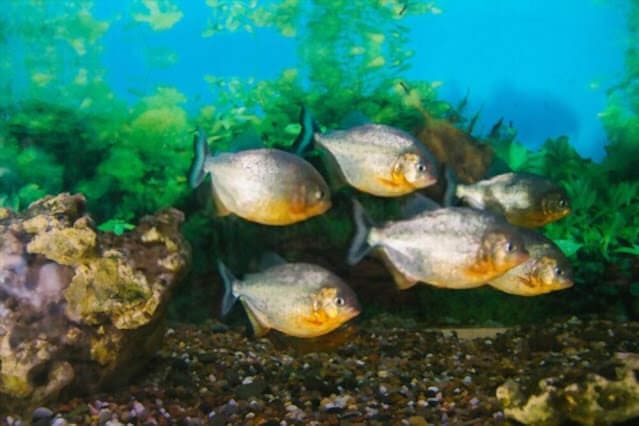
Both the species of Pygocentrus are by nature shoaling fish, and you should keep them in a tank with more than one. Holding other animals as lone fish isn’t ideal.
Make sure to have a tank screen optional on top. They will dart if they are hungry and harm their owners. You would also want to make sure that the pets or children in the household will not fall into the tank.
They are messy and atypically timid creatures. Furthermore, direct sunlight or heat can stimulate germ growth, which can damage and upset them.
Keeping the tank in an environment that is not exposed to extreme heat will keep your piranha safe, not just physically but also mentally. They need a tranquil setting.
Temperature & Tank Requirements
Maintain a constant temperature of the tank, which is about 75 to 80 degrees Fahrenheit. To keep track of the temperature level adds a thermometer to the aquarium.
Consider positioning the tank in a low-lighted area. Find a low-transit area to put the tank in.
They are extraordinarily heart-felt fish and can adapt to various water environments. In simple, they live between 75 and 80 degrees Fahrenheit in freshwater. The optimum pH for growth is 5.5-8.0.
Try to have a water heating machine to maintain a steady degree of temperature for the bath. Add filters into your tank to keep the tank tidy.
They like to run and swim because of the shy behavior of Piranhas. Add some decoration in the tank so that piranha can hide if they are under pressure or if they feel shy. Recall that you should try to recreate their natural environment.
Clean freshwater is an utter requirement for the well-being of your fish. Keep changing 10-20 percent of the water to provide a better environment.
Weekly maintenance is required, and it will not consume much time. Only 10 to 15 minutes is needed for cleaning the tank and other kinds of stuff to maintain the tank’s proper condition.
The weekly maintenance will be a good option for any person who is having a busy schedule.
Piranha Fish Tank Behavior
Indeed, piranhas are not easy to handle, and they can be challenging to handle. Their behavior is very unusual, but it is necessary to take care of their mood.
Guppy Tank Guide (Tank Requirements & Tank Mates)
In media, they are very maligned, although they have a range of characteristics. You have to be excellent at ‘keeping an eye on your Piranhas to help you understand their habits.
- Usually, they become pale-looking when they are nervous.
- Consistently rotating the tank is a sign of frustration with something inside the tank, and they have a dominating behavior inside the tank towards the field.
- Their intensifying colors suggest that they are furious or extremely happy.
- The opening of the mouth shows the striking behavior of them. Normally they bark as an alarm, but that prepares for confrontation.
- If they’re hungry they regularly open up and shut their eyes.
- They turns black when they’re about to breed.
- Wagging tails and standing side by side sign that they are reproducing, planning for mating, or training as a pair for battle.
To keep them happy and in your control, you need to take care of them very well and be aware of their behavior.
Piranha Fish Tank Mates
Piranha has odd criteria for companionship. Piranhas are schooling fish as juveniles and should be kept in groups. However, several piranhas are more solitary as they mature and may target others of the same species.
A piranha school is extremely hierarchical, and the chain of command will be transparent. The biggest and most aggressive fish will typically predominate.
Piranha fish will claim all the best spots in the tank and be the first to drink or eat. Another challenge of fish can contribute to violent actions such as chasing, sometimes taking a bite out of the good, and even causing wounds.
FAQs
What fish can I keep with piranhas?
Keeping other fishes with piranha is still a dream of many fishkeepers. There are many experiments performed for checking the perfect tank mates for Piranhas.
You can keep Striped dwarf cichlid, Catfish, Tetra fish, African Cichlids, and large-sized Pacus with piranhas in the same aquarium as per many aquarists who experimented for a long time.
How do you take care of piranhas?
You do not need any extra skills to take care of your piranhas. You need to feed your piranhas from time to time regularly and maintain the cleaning and environment inside the aquarium.
Feeding them regularly is very important if you are also keeping other fishes in the aquarium with piranhas.
Can you keep piranha fish as pets?
Be sure to read and know the local and state laws on piranha before you get one to keep in your tank as a pet. To preserve wild habitats, keeping piranha is prohibited or tightly controlled in most US states.
What do you feed piranha fish?
Whole dead fish and meat-related food can be given to feed Piranha during captivity. They also love to eat live foods like feeder fish, earthworms, and river shrimps, but that is not ideal because it puts a big waste on the surface.
Can you keep Oscars with piranhas?
It is recommended that not to keep Oscars with piranhas in the aquarium. Oscars don’t like to be kept in aquariums with other fishes, and their aggression increases as their age increases. Piranhas love to schooling in groups, so it is not advisable to keep Oscars with piranhas.
What size tank do I need for 2 piranhas?
Most people are considering as few as two Red-Bellied Piranha for a 60-gallon tank.
